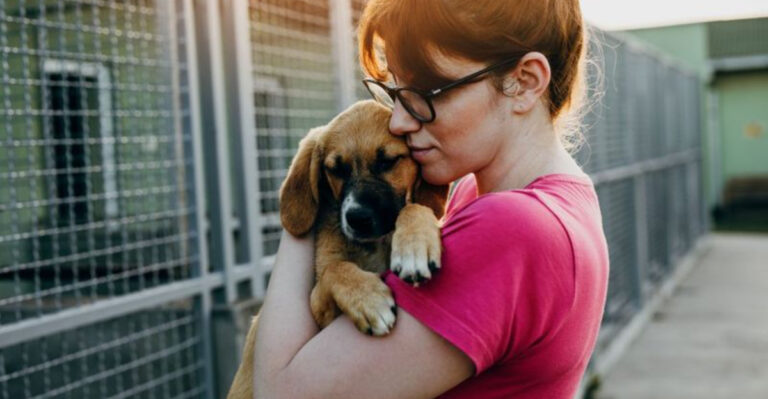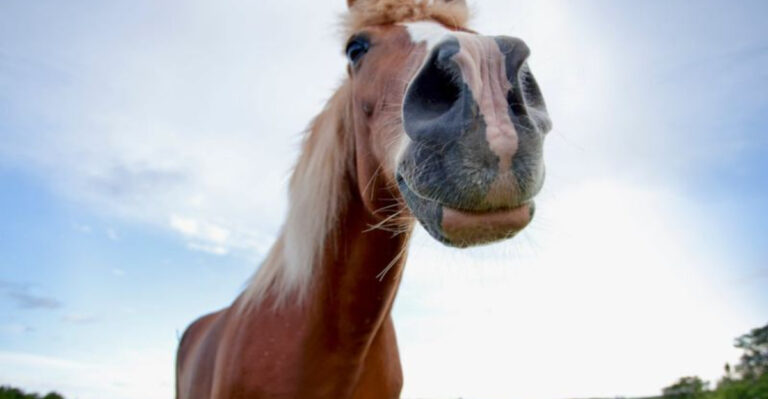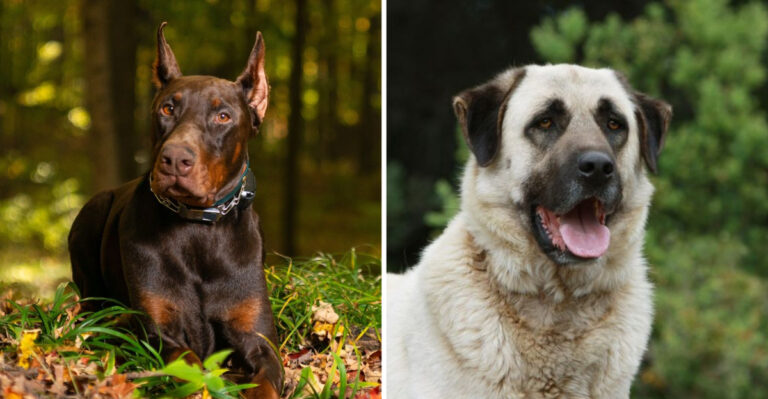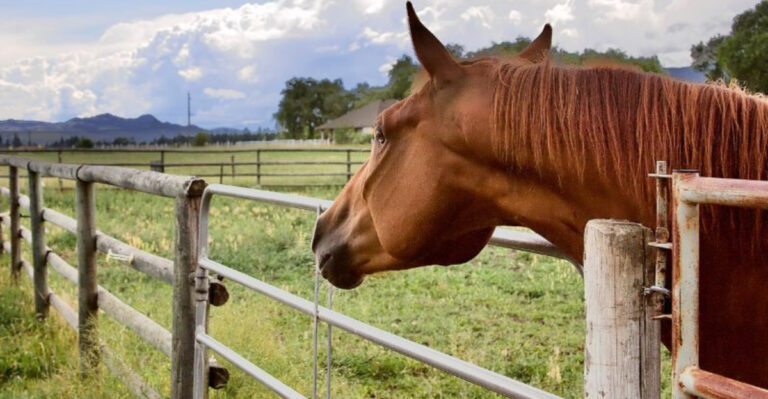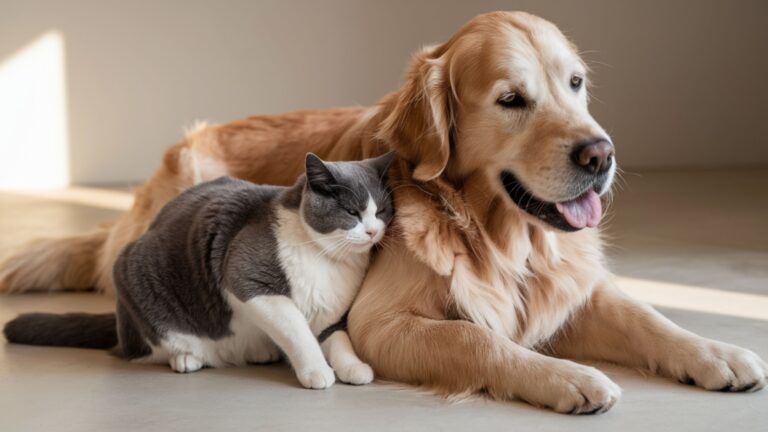15 Ways The California Condor Was Saved From Extinction
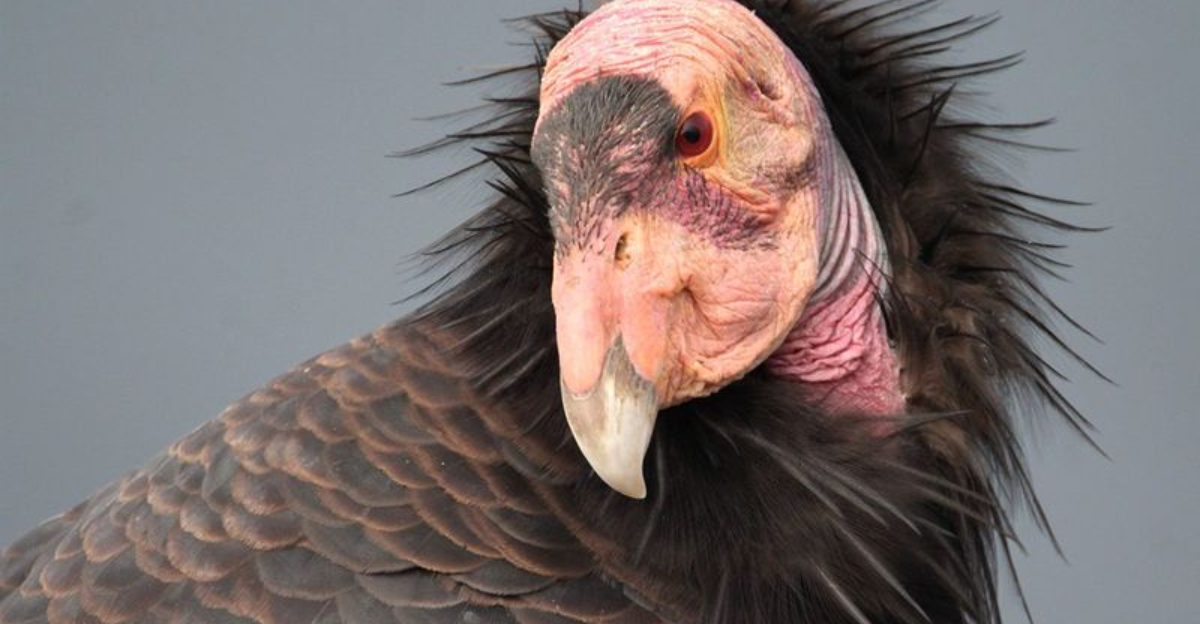
Who would have thought that the California Condor, a bird with a wingspan so wide it could overshadow your Thanksgiving table, almost vanished from the skies? This majestic creature, once dwindling in number, is now a soaring success story in wildlife conservation.
1. Captive Breeding Programs
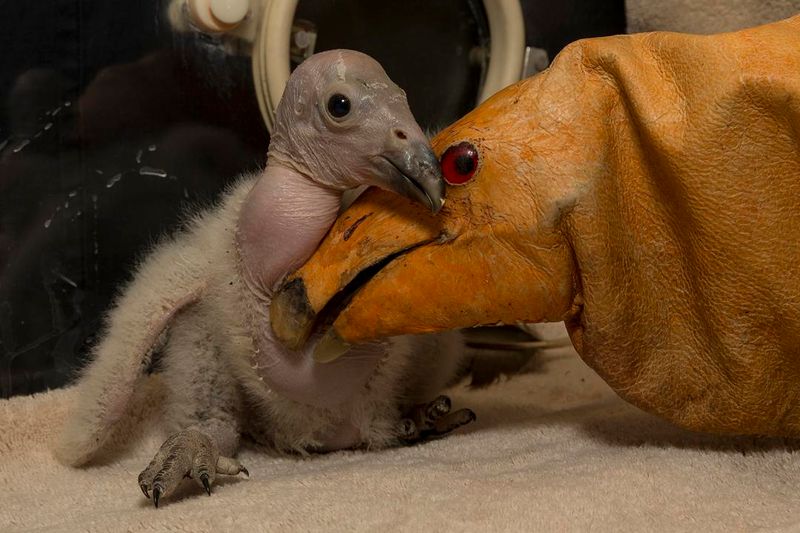
Ever seen a condor egg incubator? These high-tech nests are a cornerstone of the captive breeding programs.
It’s a delicate dance between technology and nature, all to ensure these babies grow into wild, free-flying adults. With each successful hatch, hope takes flight once more.
2. Habitat Protection
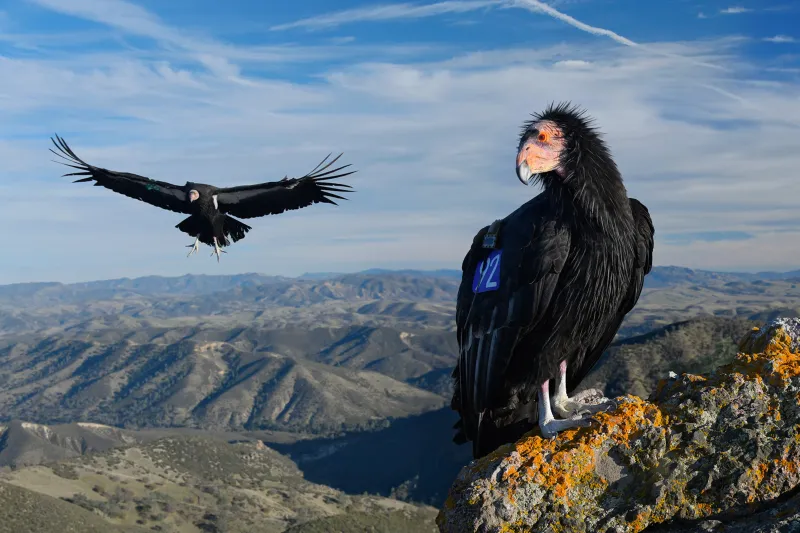
Imagine trying to save a bird without a home. Seems impossible, right? That’s why habitat protection has been crucial. Large swathes of land in California have been preserved as safe havens for these birds.
These protected areas provide the perfect environment for roosting, nesting, and foraging, essential for a thriving condor population. Without these sanctuaries, where would they spread their wings?
3. Lead Poisoning Mitigation
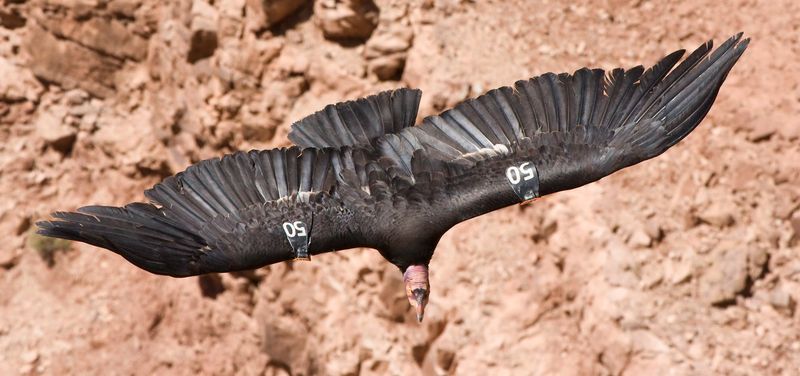
Lead poisoning was like kryptonite for the condors, often ingested from carcasses left by hunters.
The solution? Shifting to non-lead ammunition. Conservationists worked closely with hunters, providing alternatives and raising awareness.
This collective effort helped reduce lead poisoning cases drastically, giving condors a fighting chance. Now, their recovery story includes a healthier, safer diet.
4. Public Awareness Campaigns
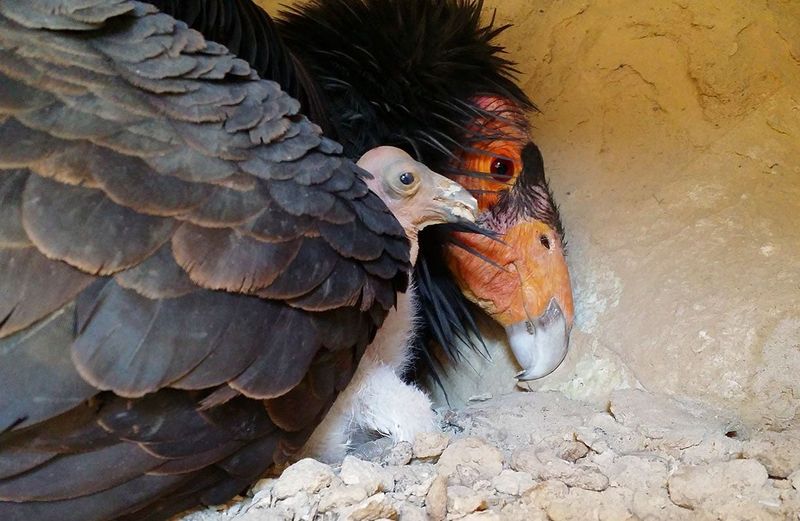
How do you get an entire community to rally behind a bird? Start with a story. Public awareness campaigns painted the condor’s plight in vibrant colors, engaging schools, media, and local communities.
These campaigns fostered a sense of pride and responsibility, turning everyday people into conservation advocates. Because when people care, change is imminent.
5. Legislation And Policy
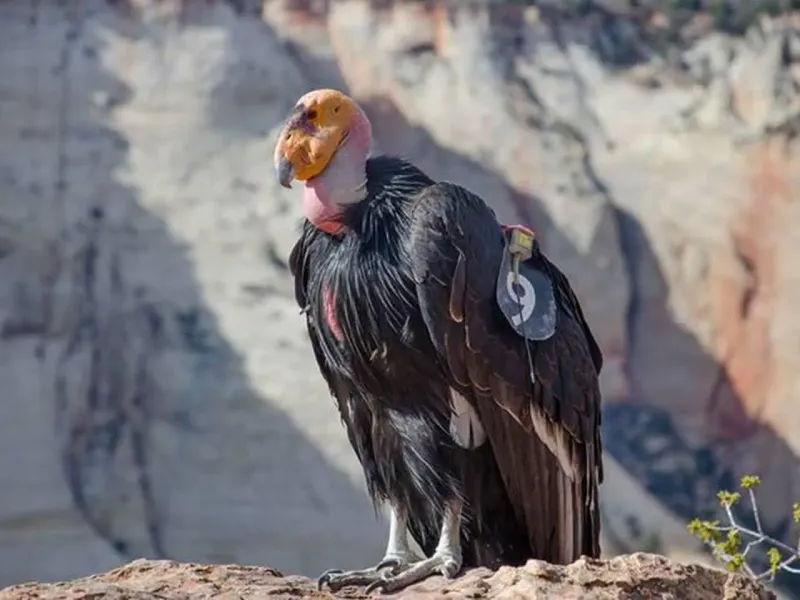
Who’s behind the bird-saving laws? A mix of dedicated policymakers and conservation pioneers.
By enacting legislation focused on habitat protection and pollution control, they laid down the legal framework crucial for condor recovery.
These policies serve as both shield and sword, ensuring these majestic birds can thrive without fear of human interference.
6. Nest Monitoring
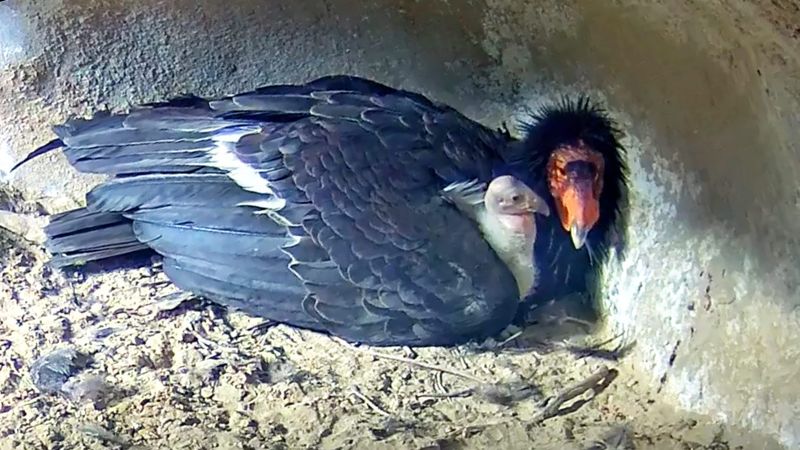
Ever played detective with a pair of binoculars? Biologists do just that, keeping a watchful eye on condor nests. Nest monitoring helps track the survival rate of chicks and the health of adult birds.
By understanding these dynamics, conservationists can intervene when necessary, ensuring the young grow strong and the adults stay healthy. It’s about being there, just in case.
7. Genetic Research
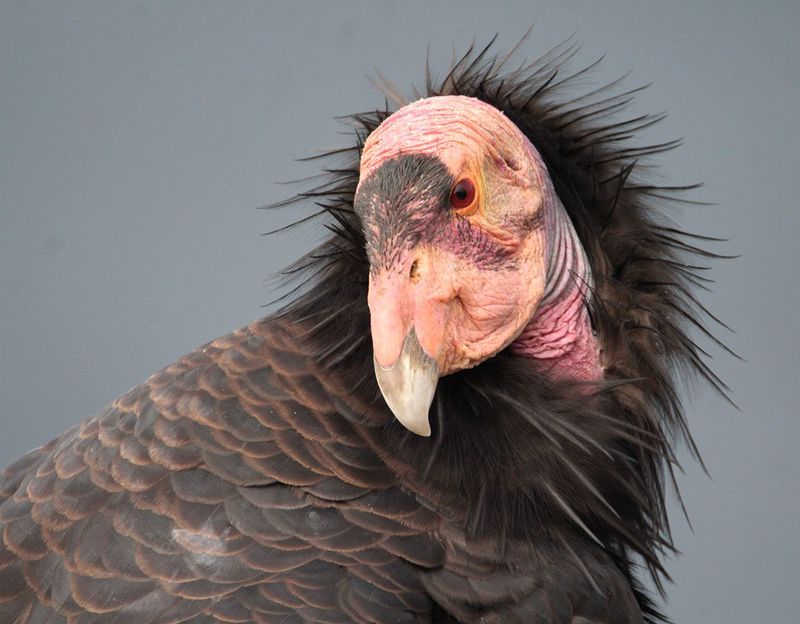
Did you know condors have a family tree like no other? Genetic research has played a pivotal role in understanding their lineage and preventing inbreeding.
By mapping their DNA, scientists can match mates that boost genetic diversity and strength. This genetic roadmap is a key tool in ensuring a robust, resilient population, keeping those wings flapping high.
8. Reintroduction To The Wild
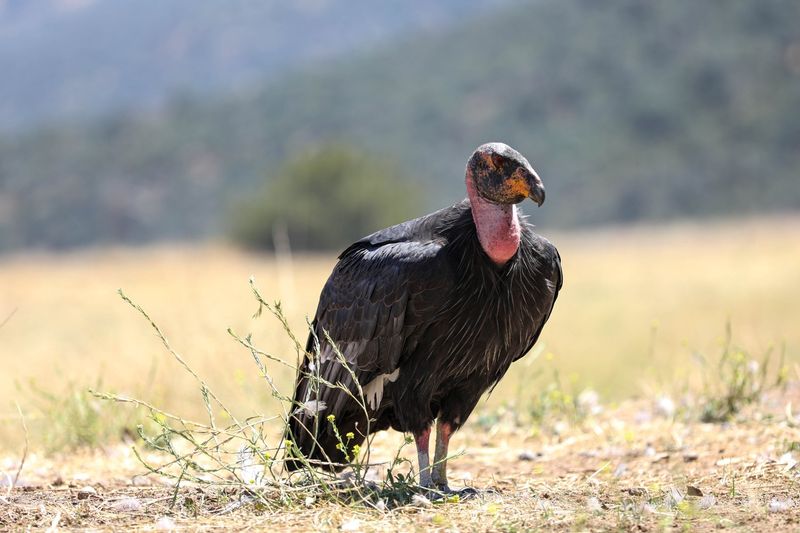
The moment when a condor takes its first wild flight is breathtaking. Reintroduction efforts focus on releasing captive-bred condors into suitable habitats.
These efforts are carefully planned, ensuring the birds have everything they need to survive and thrive. Watching them soar is a testament to human dedication and nature’s resilience.
9. Environmental Education
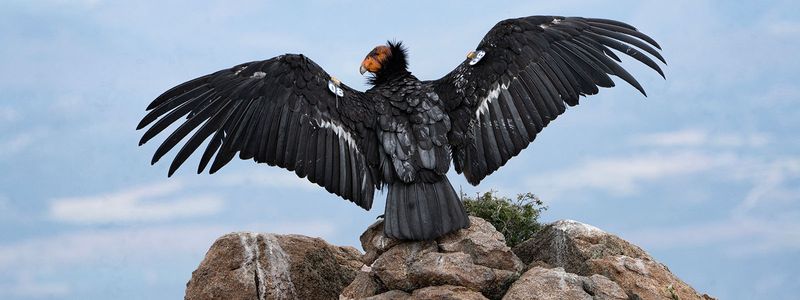
Why teach about condors? Because education is empowerment. Environmental education programs in schools inspire the next generation of conservationists.
By learning about the condor’s challenges and triumphs, students become advocates for wildlife, ensuring the story of survival continues. It’s not just about birds; it’s about building a legacy.
10. International Cooperation
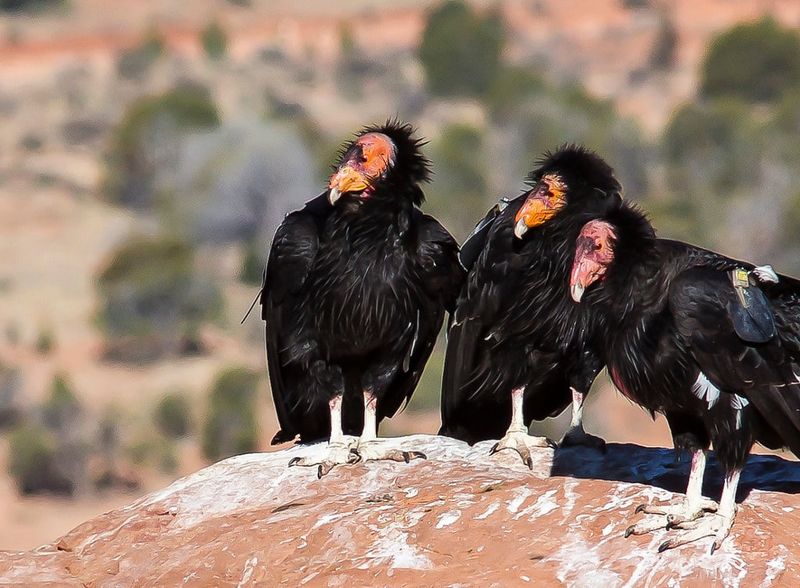
Saving a species isn’t a solo mission. International cooperation brought together experts from across the globe, sharing knowledge and resources.
These collaborations have led to innovative strategies and a united front against extinction. It’s a reminder that saving the condor is a global effort, transcending borders and politics.
11. Health Monitoring Programs
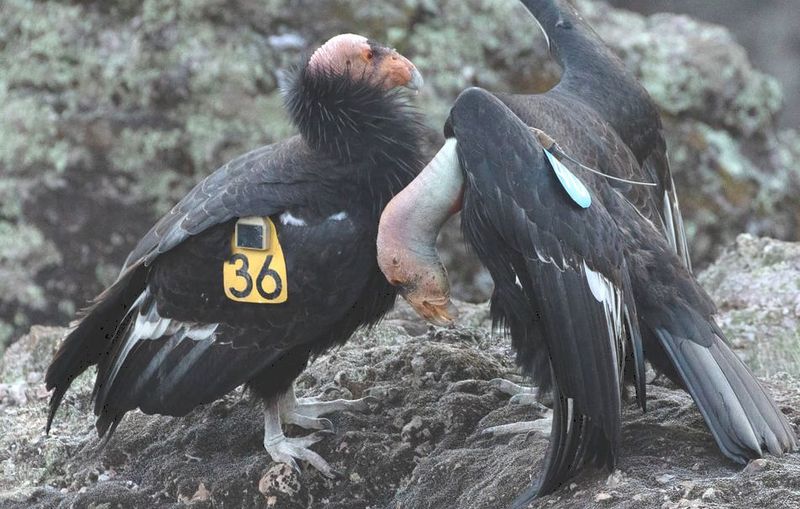
No bird’s left behind when health checks are involved. Regular health monitoring ensures condors are free from diseases and lead poisoning.
Veterinarians and biologists work tirelessly to check the health parameters and administer treatment if needed. It’s a proactive approach to keep these giants healthy and soaring.
12. Community Engagement
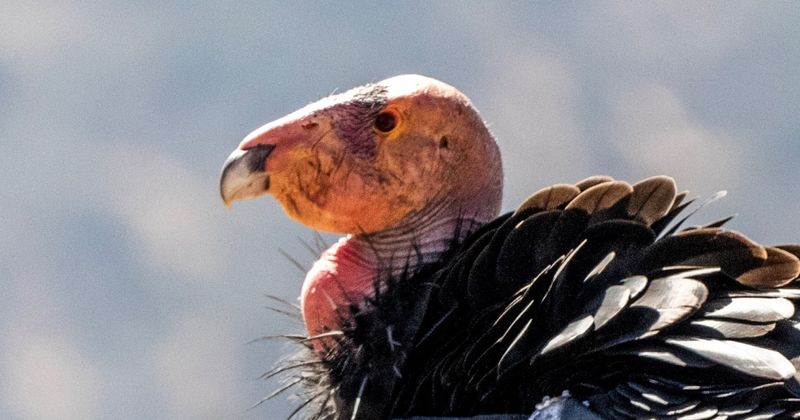
If a community raises a child, can it save a bird? Community engagement efforts connect locals with condor conservation, fostering communal responsibility.
Through workshops and events, people feel more connected to the cause, becoming guardians of their feathered neighbors. It’s about nurturing a shared love for wildlife.
13. Veterinary Advances
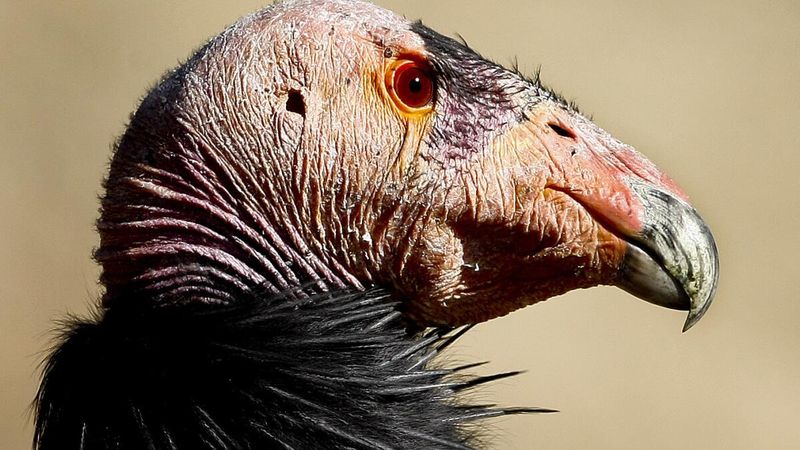
Modern medicine isn’t just for humans. Veterinary advances have provided cutting-edge treatments for condors, from surgeries to innovative therapies.
These breakthroughs ensure sick or injured birds have a fighting chance, recovering faster and stronger. It’s like having a superhero team for condor health.
14. Poison Control Initiatives
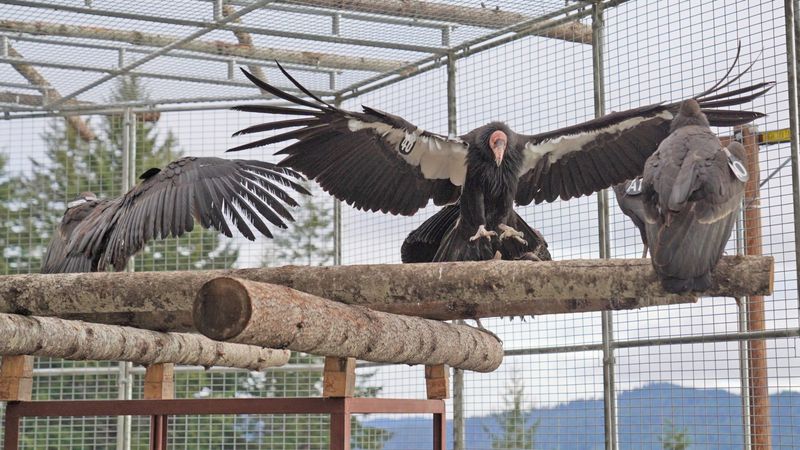
Pesticides and poisons were silent threats, but not anymore. Poison control initiatives educate farmers and landowners on safer practices.
Through training and resources, these initiatives reduce poison risks, creating a safer environment for condors. It’s about turning potential foes into allies for the birds.
15. Youth Involvement
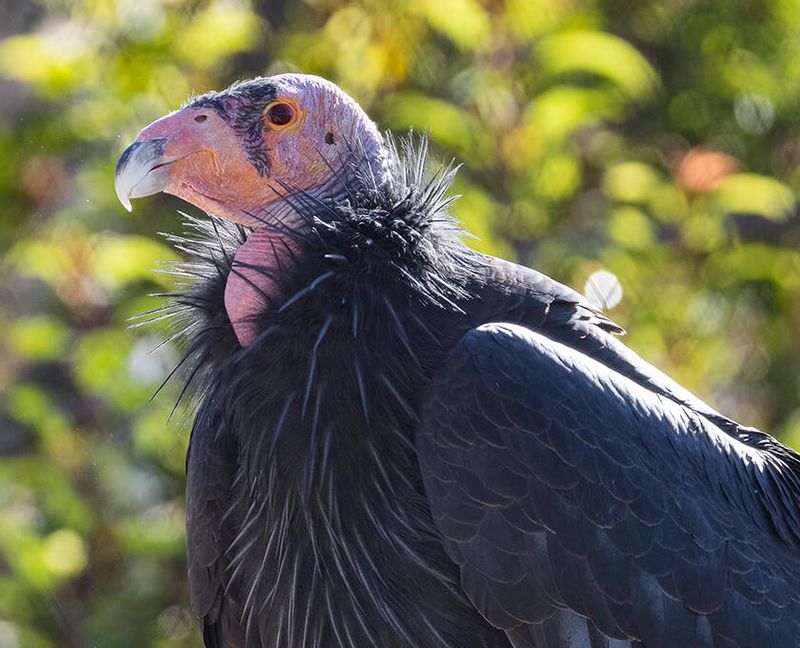
Imagine a world where kids are heroes in conservation. Youth involvement programs give young enthusiasts hands-on experience in saving condors.
From surveys to habitat restoration, these budding conservationists learn the ropes, fueling their passion for wildlife. It’s about cultivating future protectors of nature.

